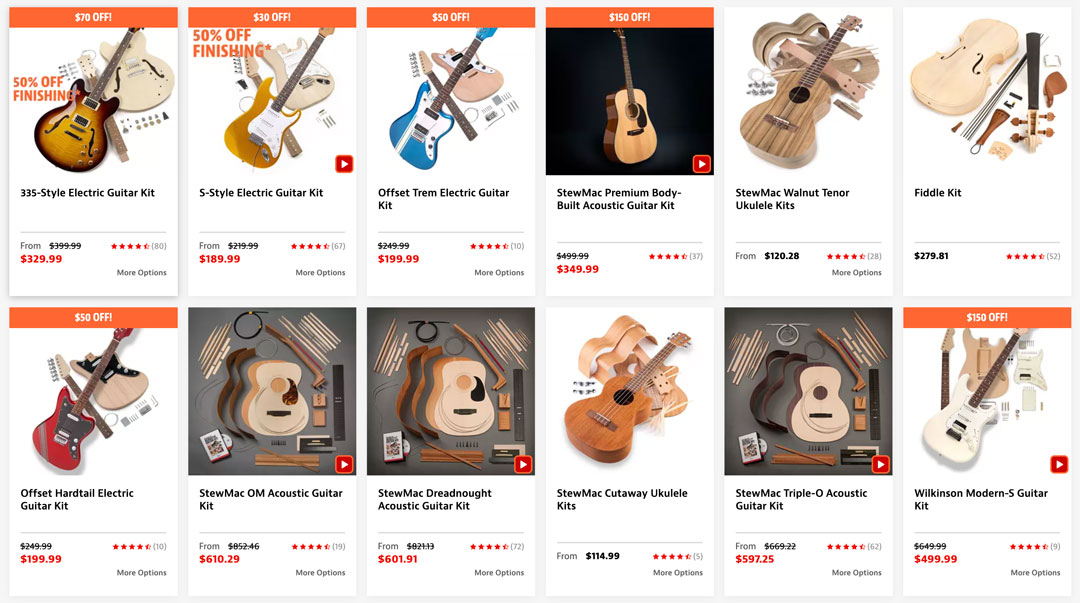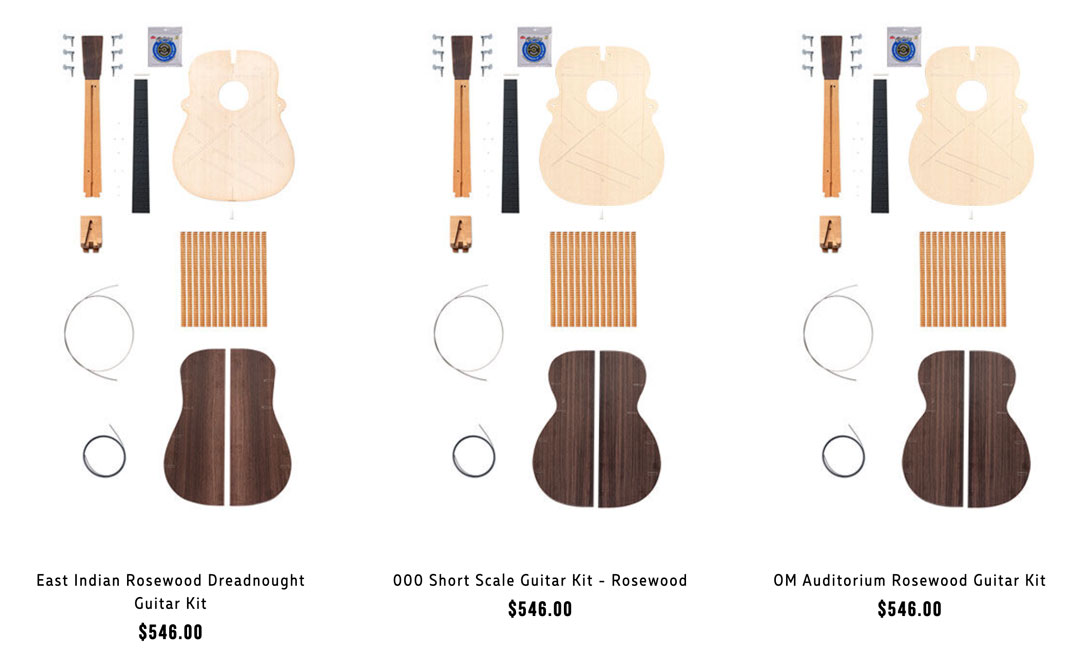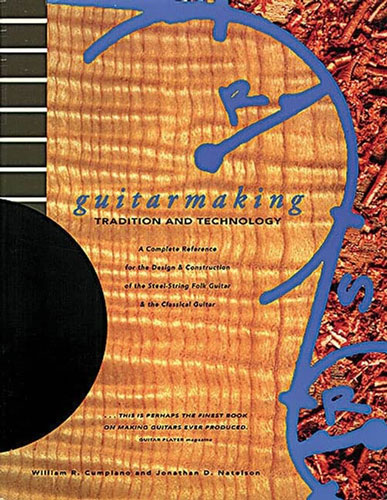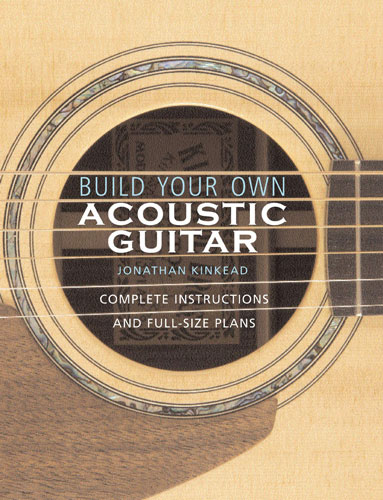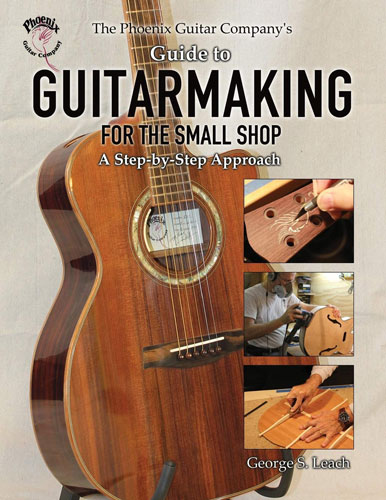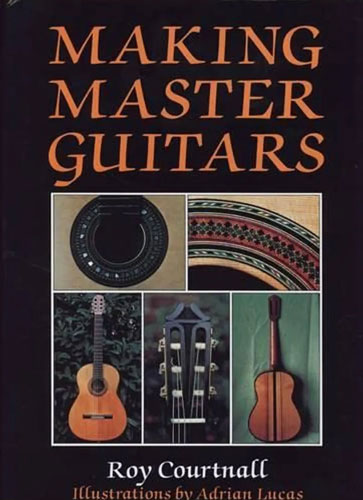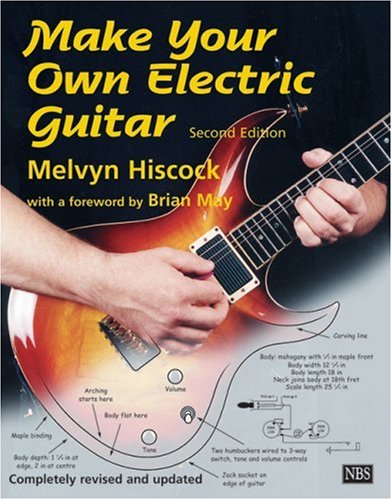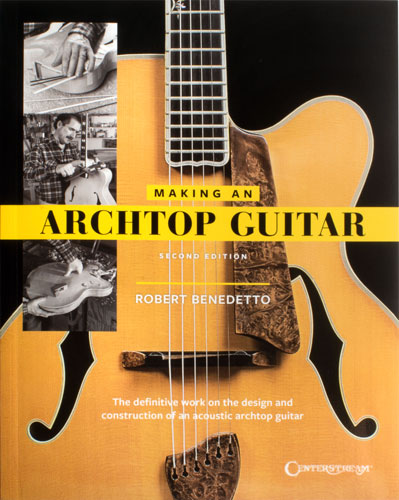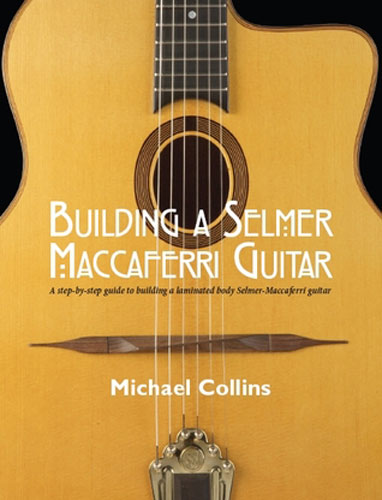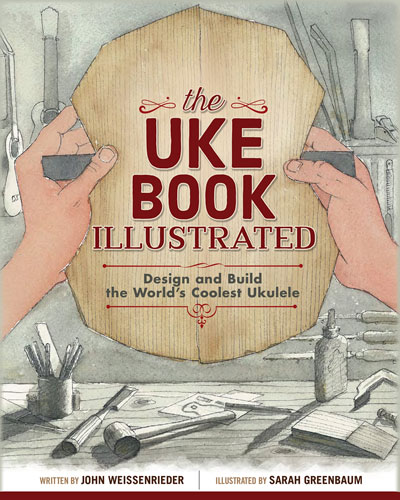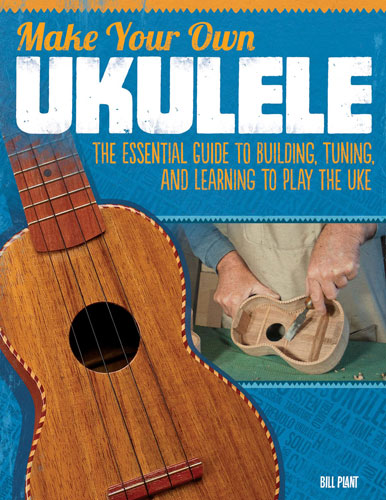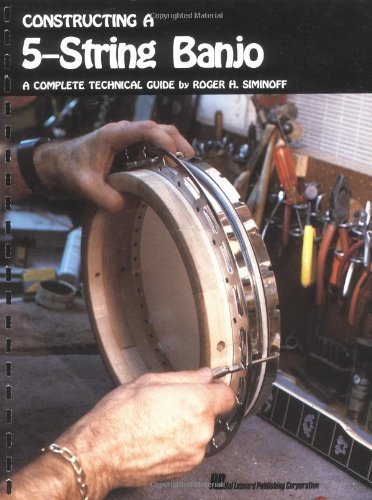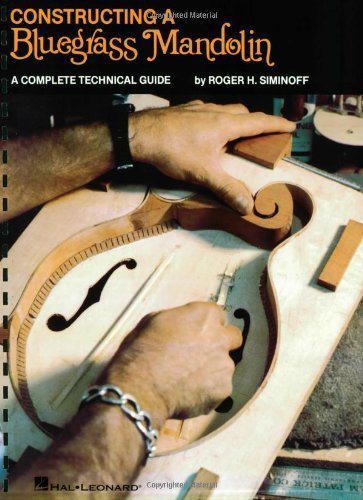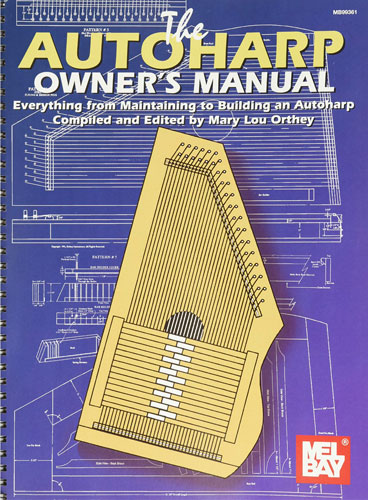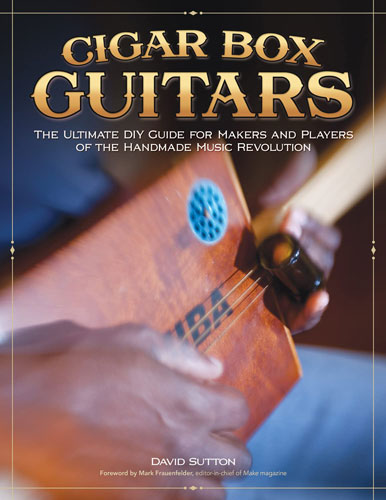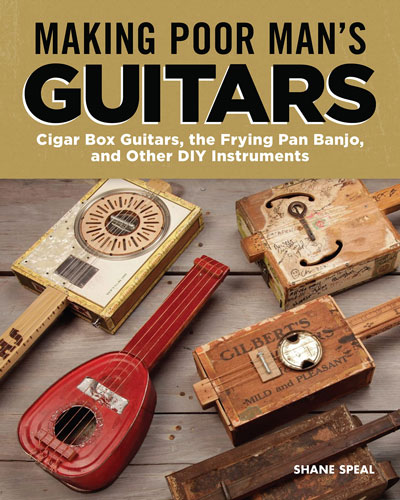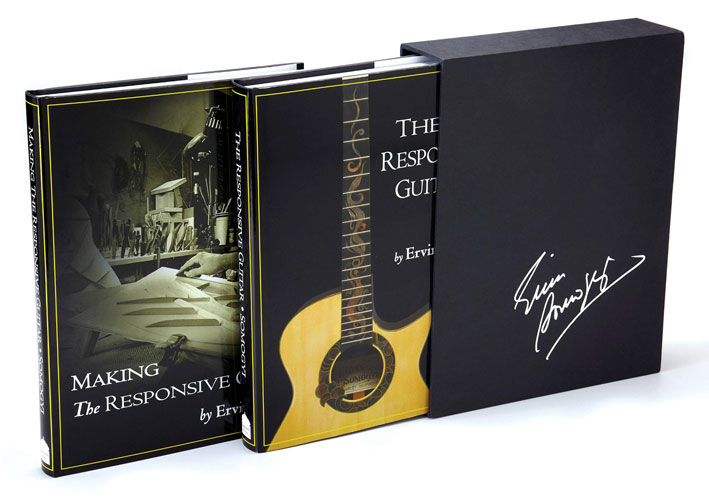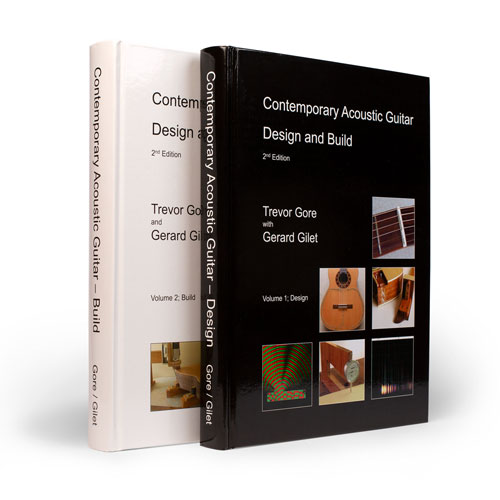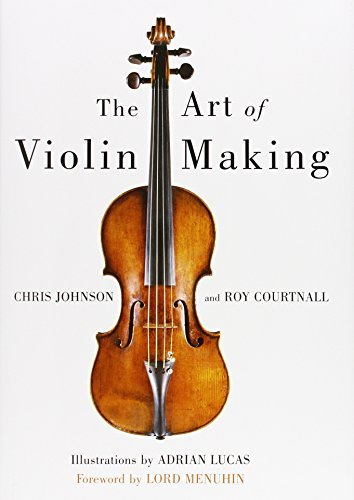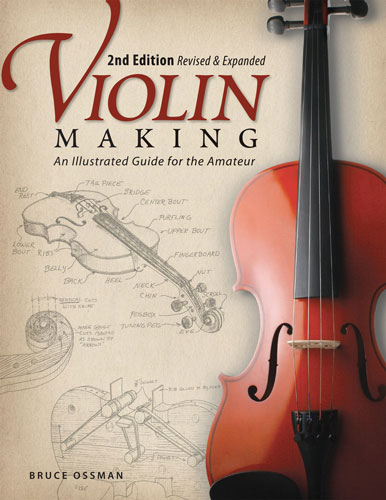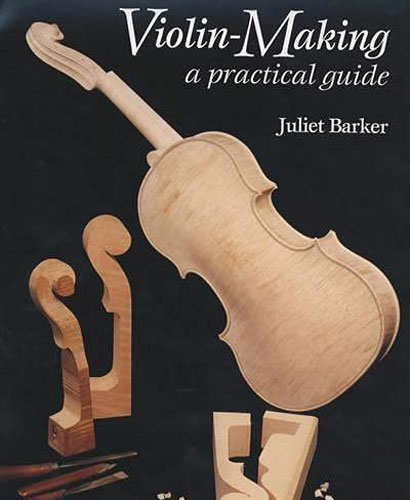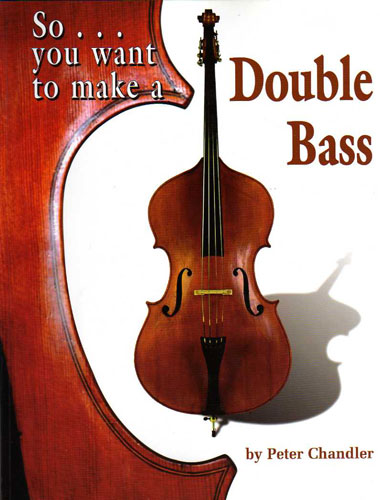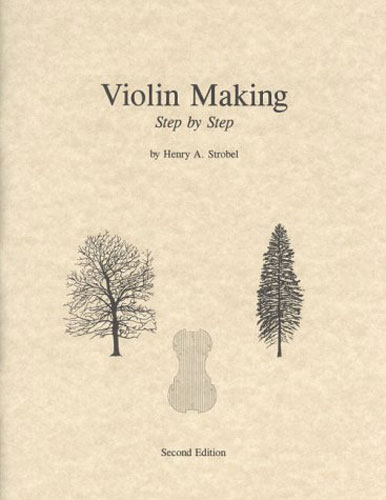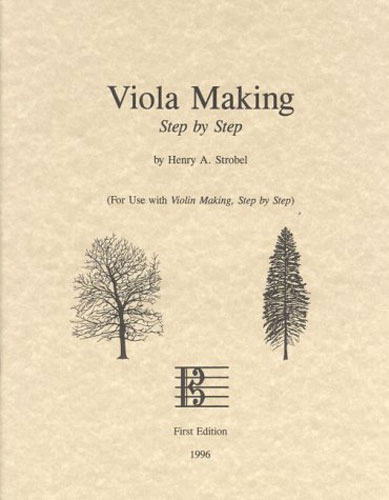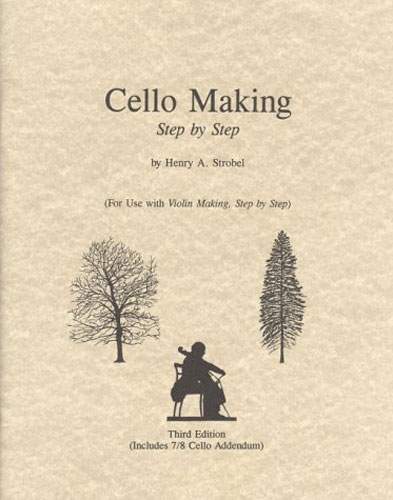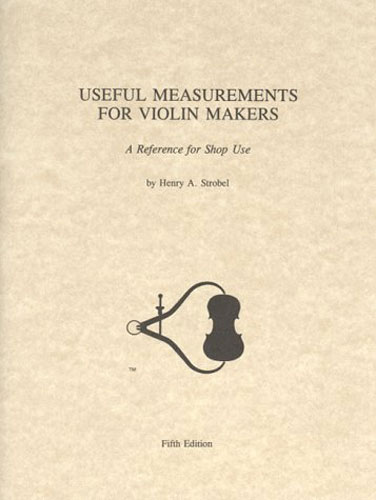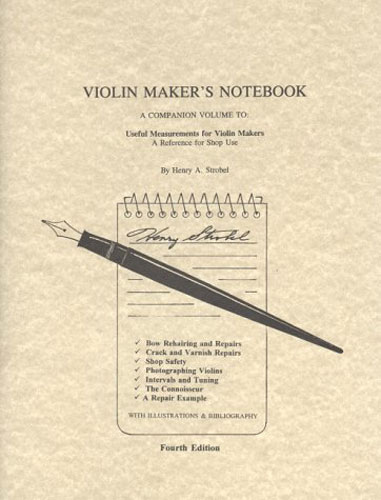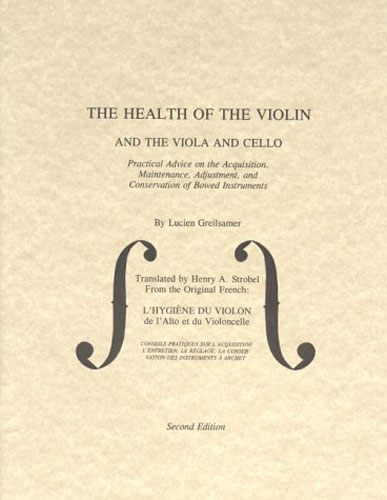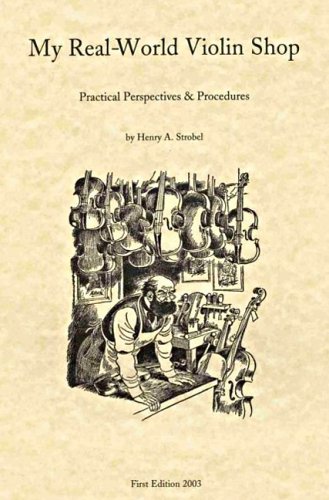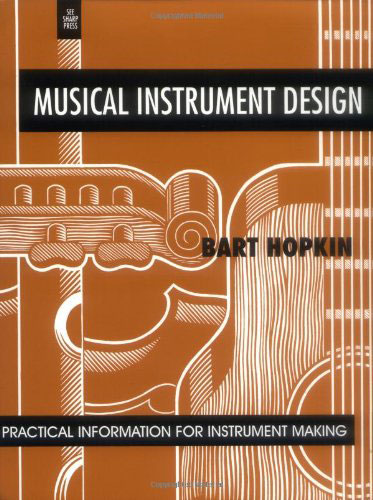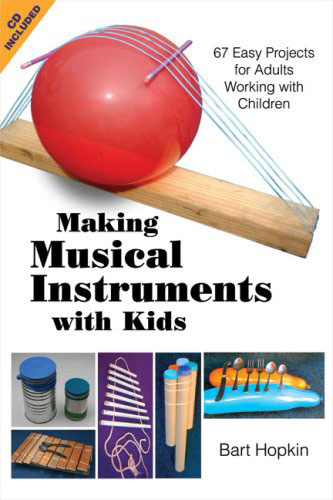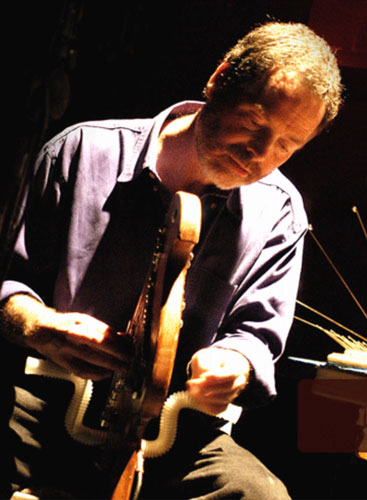Where Do I Start?
So You Want to Build An Instrument
That’s fantastic! Maybe you’re an artist who loves creating with wood. Maybe you’re a maker or craftsperson seeking the thrill of a new project. Maybe you’re an engineer who loves the challenge of balancing structural integrity with aesthetics. Or maybe you’re a musician, looking to develop your own signature style or tone. Whatever led you to this point, you’ve been bitten by the lutherie bug.
Lutherie is the art and science of building and repairing stringed musical instruments, specifically those with a neck and sound box, on which the strings can be plucked, strummed, or bowed. A person who practices lutherie will often refer to themself as a luthier. Whether you’re building violins, violas, cellos, basses, guitars, banjos, ukuleles, mandolins, lutes, ouds, lyres, zithers, harps, dulcimers, or hurdy-gurdies—you’re a luthier.
But stringed instrument-making is steeped in tradition, and thousands of years of human history. It can be a bit overwhelming for someone just starting their lutherie journey. Where to begin?
Here are some of our suggestions.
Assemble A Kit
Many SIMSCal members started out by purchasing a ready-made instrument kit, in which most of the wood pieces are already cut, shaped, and sanded for you, and you mainly do the assembly work—all the gluing, screwing, clamping, and hammering involved in building an instrument. Kit building is a great way to gain a better understanding of all of the components inside and outside of the instrument, and how they go together, without needing a dedicated workshop space or a full collection of woodworking tools.
One of the biggest lutherie-supply companies, Stewart-MacDonald (often shortened to StewMac), sells kits to build various models of acoustic guitar, electric guitar, ukulele, mandolin, dulcimer, fiddle, and even cigar box guitar.
Even Martin, perhaps the best-known name in acoustic guitars, sell their own guitar kits to assemble.
Of course, a quick Google search for “guitar kit,” “violin kit,” “banjo kit,” and so on, will yield many more results from Amazon, eBay, other lutherie-supply houses, and even some independent luthiers. Prices vary, based on the quality and scarcity of materials used, as well as the level of care taken in milling and shaping the ready-to-assemble components of each kit.
Some DIY instrument kit suppliers we’ve come across include The Fret Wire (electric guitar & bass), MusicMakers (harps & folk instruments), C.B. Gitty (cigar box guitars & amps), The Early Music Shop (Renaissance instruments), and Folkcraft Instruments (mountain dulcimers). We even purchased a laser-cut ukulele kit from a company called Wolfelele for one of our SIMSCal meetings, just for fun. While definitely no heirloom instrument, it was fully assembled, playable, and ready to give away as a door prize by the end of the meeting.
Point being, kit building can be a fun, educational, and relatively low-stakes entry point into the world of lutherie.
Read A Good Book
Another time-honored tradition of the fledgling luthier? Just follow along with instructions in a book!
If your aim is to build acoustic guitars, the book that ushered many of us through our first one is Guitarmaking: Tradition and Technology by William Cumpiano and Jonathan Natelson. Written in 1987, it may seem a bit dry and dated today, but it will give you a good, thorough overview of the whole process of building a steel string or nylon string acoustic guitar. Used copies are easy to come by on Amazon or eBay.
Some more recently written, well-reviewed books include Build Your Own Acoustic Guitar by Jonathan Kinkead, Classical Guitar Making by John S. Bogdanovich, and Building the Steel String Acoustic Guitar by R.M. Mottola. Even SIMSCal’s own George Leach has distilled his years of professional experience into The Phoenix Guitar Company’s Guide to Guitarmaking for the Small Shop. Some of our members who build Spanish-style classical guitars have also recommended Roy Courtnall’s Making Master Guitars as a wonderful reference, with detailed plans of guitars by nine master luthiers.
There are more specialized books to be found, depending on if you want to make electric guitars, archtop guitars, gypsy jazz guitars, ukuleles, banjos, mandolins, autoharps, and so on. Some recommended books include Make Your Own Electric Guitar by Melvyn Hiscock, Making An Archtop Guitar by Robert Benedetto, Building A Selmer Maccaferri Guitar by Michael Collins, The Uke Book Illustrated by John Weissenrieder & Sarah Greenbaum, Make Your Own Ukulele by Bill Plant, Constructing A 5-String Banjo and Constructing A Bluegrass Mandolin, both by Roger H. Siminoff, The Autoharp Owner’s Manual by Mary Lou Orthey, Cigar Box Guitars by David Sutton, and Making Poor Man’s Guitars by Shane Speal. Not surprisingly, some of the more esoteric books on lutherie have gone out-of-print, but a determined search of online used book stores usually turns up a few results (at premium prices, unfortunately).
For the engineers, physicists, and mathmeticians in the crowd, there are some books on guitarmaking that dive deep into the math and mechanics of vibrating strings and plates under tension. Ervin Somogyi’s two-volume set The Responsive Guitar & Making the Responsive Guitar is a landmark publication on the topic. Trevor Gore and Gerard Gilet’s Contemporary Acoustic Guitar: Design & Build, also two volumes, covers similar territory.
Those interested in building violin-family instruments would benefit from reading such books as The Art of Violin Making by Chris Johnson and Roy Courtnall, Violin Making: An Illustrated Guide for the Amateur by Bruce Ossman, Violin-Making: A Practical Guide by Juliet Barker, So… You Want to Make A Double Bass by Peter Chandler, as well as the extensive series of reference books by Henry A. Strobel, including Violin Making Step-by-Step, Viola Making Step-by-Step, Cello Making Step-by-Step, Useful Measurements for Violin Makers, Violin Maker’s Notebook, Art & Method of the Violin Maker, The Health of the Violin and the Viola and Cello, and My Real-World Violin Shop.
More books can be found on violin making, repair, and retouching, but you may have to search outside of Amazon to find these niche titles. It is our experience that many of the reference guides in the violin-making world are self-published by practicing luthiers, often available only through violin supply shops, such as Bosco Violin Supply, International Violin, Violin Vision, and others.
Take A Class
Building your first instrument, all by yourself, alone in your garage, isn’t for everyone. Not everyone possesses that level of motivation and self-discipline, nor does everyone have access to a usable workspace, or the budget to buy woodworking machinery and specialized hand tools. For those who learn better in a group environment, with tools, workspace, and instruction provided for them, classes are the way to go!
SIMSCal has proudly offered instrument-making classes in southern California for nearly two decades, giving many aspiring luthiers their first taste of instrument-making in a workshop setting. Visit our Classes page to see our current offerings!
Where else can you find guided instruction in lutherie? Many individual/boutique instrument builders, in addition to crafting custom-made instruments for sale, will offer private instruction in their personal workshop. Do a search for local guitarmakers, violinmakers, etc. and ask if they also teach.
If you’re more interested in the repair and restoration side of lutherie, see if there are any instrument repair shops in your area, and ask the repair person if they would be willing to take on an apprentice a couple days a week.
Instrument-making classes occasionally pop up as electives in the course catalogs of community colleges that have woodworking programs. Check if any colleges or trade schools near you have a woodworking focus, and try your luck.
Specialty woodworking stores, such as Rockler and Woodcraft, usually offer weekend workshops in various types of woodworking. Sometimes you’ll see a one-day, ukulele kit-building class on the schedule. A one-day class may not cover a lot of ground, but it’s a starting point!
Even community centers, recreation centers, senior centers, and arts centers are worth checking for possible workshops. It’s a bit of a stretch, but you never know.
There are a handful of independent classes, workshops, and even a few dedicated lutherie schools located across the United States, and internationally, operating at various levels of commitment—both educationally and financially. Here are just a few we came across in our online research—mostly focused on West Coast offerings—when pricing out our classes (2022 tuition prices):
Classes Under $2,000
- SIMSCal (Fountain Valley, California)
- Utah School of Guitarmaking (Mapleton, Utah)
Classes $2,000 – $5,000
- O’Brien Guitars (Denver, Colorado)
- Charles Fox’s American School of Lutherie (Portland, Oregon)
- Fretted Strings Lutherie School (Davis, California)
- ARC Guitar Building School (Winters, California)
Classes Over $10,000
- Roberto-Venn School of Lutherie (Phoenix, Arizona)
- Galloup School of Lutherie (Big Rapids, Michigan)
- Musicians Institute: Certificate in Guitar Craft (Hollywood, California)
Research & Experiment
Lastly, we encourage you to just get your hands dirty, tinker, study, observe, and figure it out on your own!
If you’re feeling especially experimental, you would do well to check out the books and website of Bart Hopkin, a musician and experimental instrument builder who has done extensive testing and tinkering with “prepared” strings (i.e. strings modified in unorthodox ways) and non-traditional sound boxes (latex balloons, styrofoam food trays, you name it). Hopkin’s Musical Instrument Design: Practical Information for Instrument Making is a gem. Making Musical Instruments with Kids is a simplified, fun read that nonetheless gets the creative gears turning. Hopkin also edited a quarterly journal entitled Experimental Musical Instruments from 1985-1999, and has since made it free to read at the Internet Archive.
Or check out the Bazantar, the creation of bassist and sitar-player Mark Deutsch. It’s a 6-string acoustic bass with an additional 29 sympathethic strings and 4 drone strings. The body of the acoustic bass would implode under the tension of 29 additional strings, so Deutsch designed a separate, modular graphite case that houses these strings, which is then held against the instrument’s body between the end of the fingerboard and the bridge.
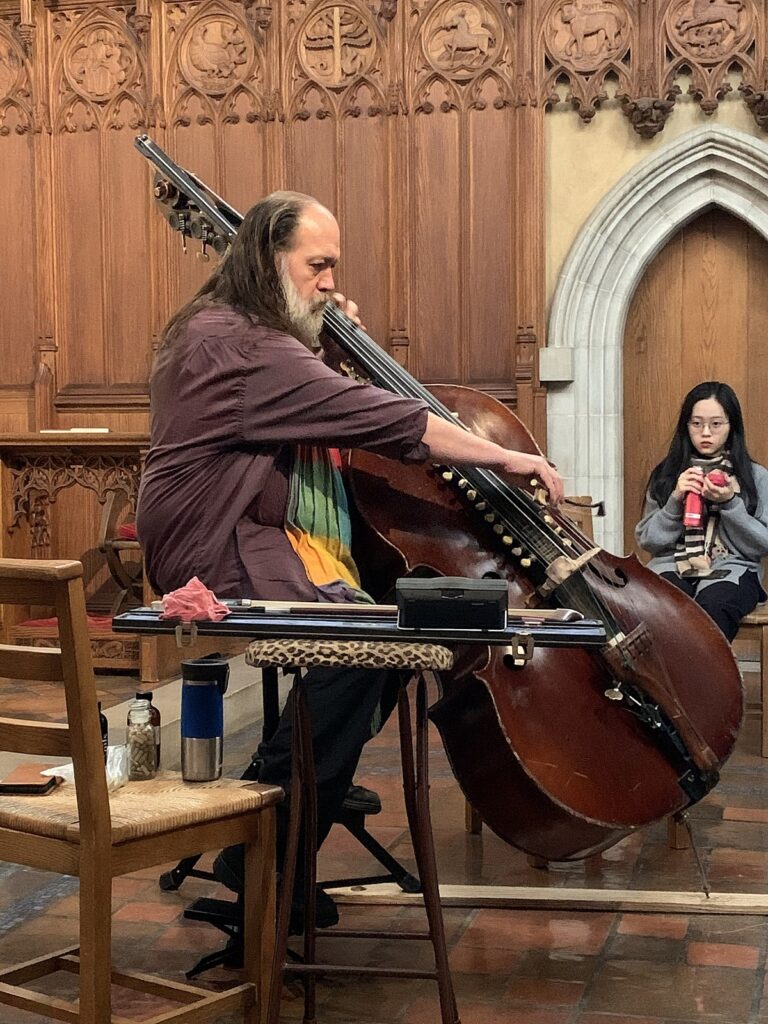
Another fascinating stringed instrument to learn about is “The Long String Instrument” by Ellen Fullman—an array of stainless steel and phosphor bronze strings, up to 100 feet long (depending on venue size), attached to wooden resonator boxes that are mounted to columns, walls, floor joists, or lumber frames counterweighted with 1800 lbs. of sandbags. The instrument takes five days to set up, and is played by its creator’s rosin-coated fingers, essentially turning Fullman into a human bow!
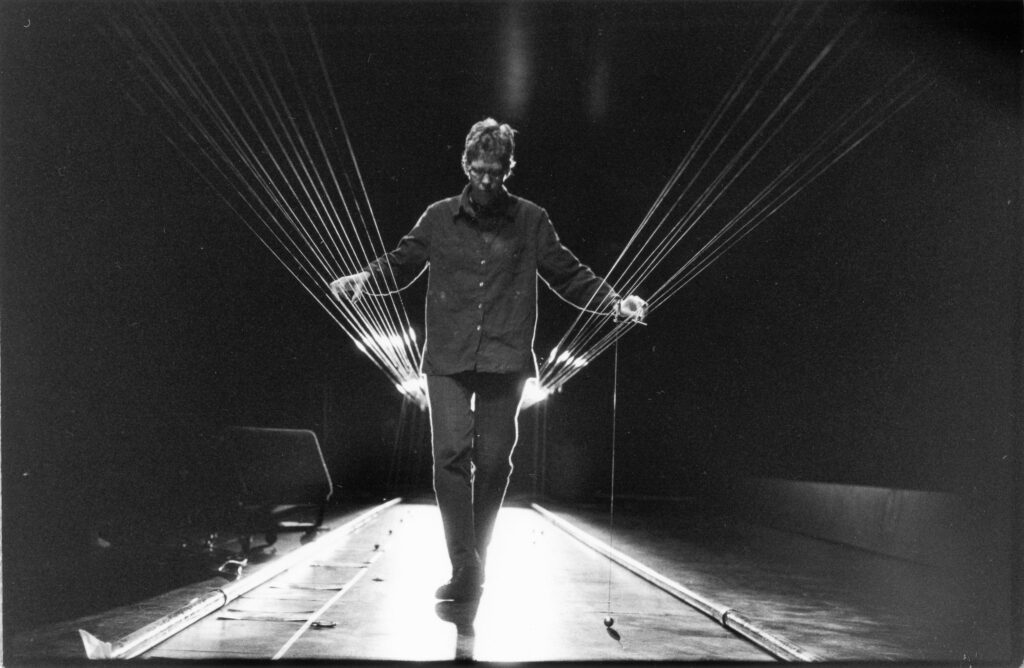
All this is to say, there is no one path into the world of musical instrument building! There are many different ways that people come to this hobby/profession/obsession! What paths will you take on your journey into lutherie?

